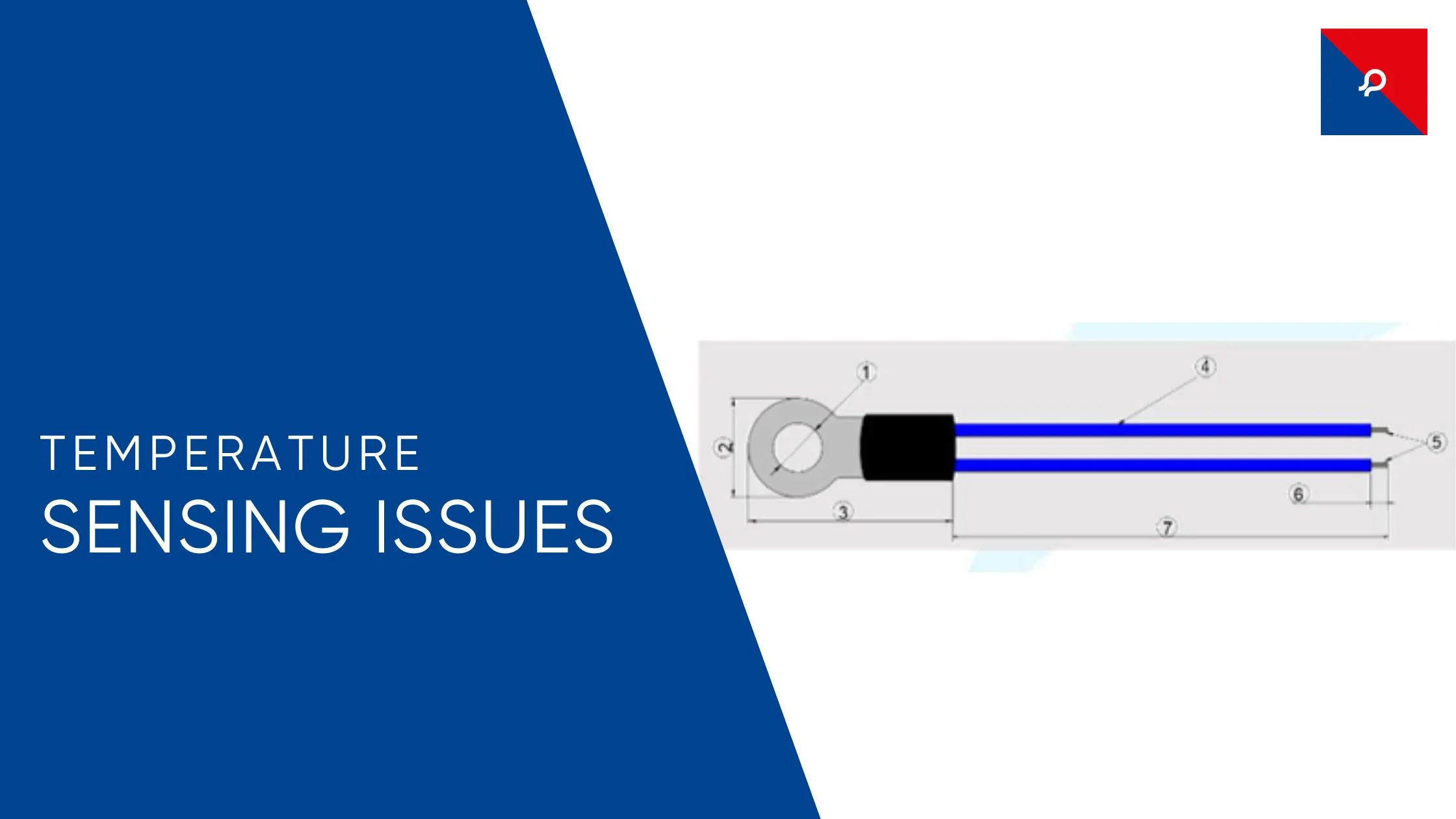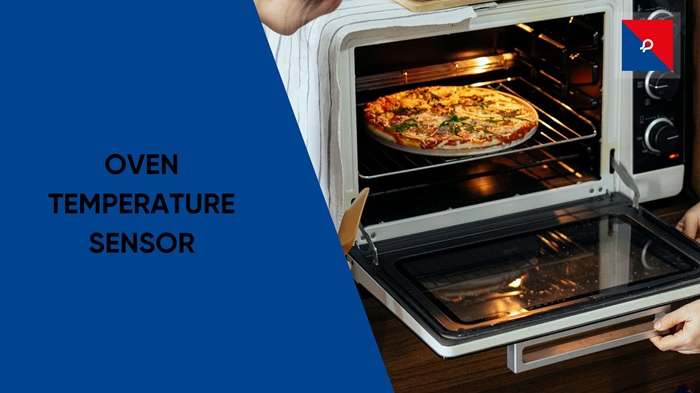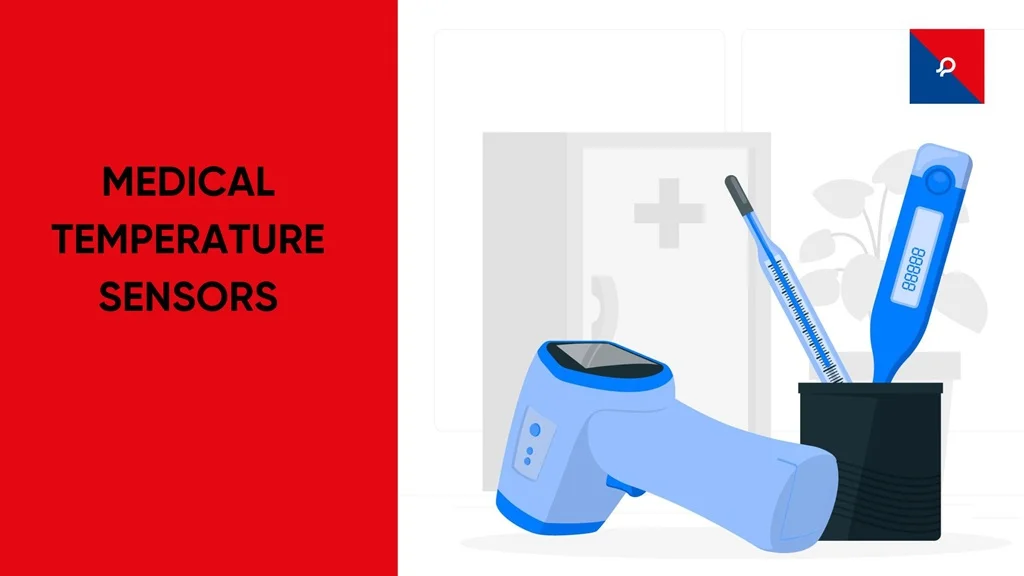
Temperature sensing is critical to almost every industry, like healthcare, automotive, electronics, and finally manufacturing. Accurate temperature measurement guarantees operational efficiency, safety, and high-quality products. Nevertheless, temperature sensing problems can bring messy interference to those processes, making them inefficient or even dangerous. The problems include incorrect readings; the sensor being slow to respond, environmental factors interfering with it, and innumerable drifts in sensors due to physical wear and tear or extremely aggressive conditions.
Improper installation, calibration errors, environmental interference, or material limitations of the sensors cause such disadvantages. These challenges can be addressed to ensure reliability and accuracy in operations. Examples of solutions are regular calibration, proper sensor placement, using high-quality sensors, and shielding them from noise or extreme conditions. This article discusses further the causes of these issues and their practical solutions to be adopted.
Common Temperature Sensing Issues
This is a challenge for many sectors, including health and manufacturing. It says much about efficiency, safety, and quality. However, some factors influence temperature sensor performance and create operational problems. Here are some commonly found problems and their causes.
Inaccurate Readings
The most often encountered problems include inaccurate temperature readings. Such errors can originate from miscalibration of the sensors, interference from the environment, or improper installation. For example, it can happen because a sensor is situated near a heating source, in direct sunlight, or in poorly ventilated areas, causing disturbances in the readings. Since the calibration may also be wrong, the sensor can fail to measure the temperature accurately, resulting in incorrect feedback and inefficiency in the system.
Sensor Drift
As sensors age, they tend to be subjected to resource fatigue, wear and tear, or prolonged exposure to even extreme conditions. This gradual decline in accuracy is referred to as "drift." Sensor drift is one of those serious challenges acquired in long-term operations in industrial industries such as manufacturing or power plants. Regular recalibration and timely replacement of sensors are the key parameters of such issues.
Response Time
Another important issue is slow response time, more so in systems intended for real-time measurements. Every instance of a lag in temperature reading usually causes a problem or a safety hazard. For example, in highly sensitive medical equipment such as incubators or ventilators, delayed sensor response time may cause a failure to act quickly upon it. Most faults can be attributed to the sensor design, or the sensor has poor shielding and is placed in areas with heat dissipation.
Interference from Noise
Electrical noise from nearby equipment or electromagnetic interference can disturb the working of temperature sensors. These factors may lead to unstable and variable readings, complicating their precise monitoring. It is a common problem in industries with many machines or power sources that are operational simultaneously.
Environmental Factors
Most temperature sensors come with harsh operating conditions, such as high humidity, vibration, or some corrosive environments. For instance, in an industrial environment, there may be dirt, moisture, or chemicals affecting sensor performance and reliability. Some sensors are also subjected to rapid temperature changes, which would eventually shorten their working life and efficiency.
Yes, addressing these concerns requires proper installation, regular maintenance, and appropriate sensor types for particular environments. Understanding these issues and remedies provides accurate and reliable temperature monitoring and further improves operational effectiveness across industries.
Causes of Temperature Sensing Problems
Temperature sensing issues can often stem from factors such as improper installation, material limitations, power supply inconsistencies, and software errors.
Improper installation
It is a common cause of inaccurate readings, as incorrect sensor placement or poor installation techniques can distort temperature measurements. For instance, positioning a sensor too close to heat sources or in areas with poor airflow can result in misleading data.
Material limitations
It also plays a significant role. Sensors made from low-quality materials may fail to withstand harsh environmental conditions like high temperatures, humidity, or corrosion, reducing their durability and accuracy over time.
Power supply issues
They can further compromise sensor performance, with fluctuations or instability leading to inconsistent or erratic readings.
Software errors
Software errors in the algorithms interpreting sensor data can yield incorrect outputs, even when the hardware functions properly. Regular calibration, quality materials, and robust software are essential to ensure reliable temperature sensing.
Solutions to Temperature Sensing Issues
Regular Calibration
Regularly calibrating a sensor maintains its accuracy and minimizes drift over time. Calibration needs to be according to the industry standards for optimal performance from the calibrated instrument.
Correct Sensor Positioning
Place sensors in locations that would give accurate measurements without the influence of heat sources or cooling systems from outside.
High-End Quality Sensors
Invest in specific sensors made for applications on the environmental conditions in which they will work.
Shield and Ground
Shielding should be also provided to avoid/minimize electrical noise interference and ground the sensors so that they work perfectly.
Maintenance and Monitoring
You need to check or monitor sensors from time to time for wear and tear or equipment failures so that faulty ones can be quickly replaced. Monitor systems may also be beneficial in alerting operators of possible problems.
JR Sensors
JR Sensors is a vastly popular name in the temperature sensing industry and is known to deliver advanced solutions for a variety of applications. The sensors provided by them are precise, reliable, and durable, making them the trusted choice for industries such as automotive, health care, and manufacturing. Equipped with the latest technology and a strong sense of quality assurance, JR Sensors tackles common temperature problems the smart way, ensuring accurate and reliable performance under even the most demanding circumstances. Apart from being client-centric and innovative, these sensors are simply able to remain the most chosen partner for all businesses around the world.
Conclusion
Tackling the problems associated with temperature sensors is vital for the efficiency, safety, and reliability of systems. By well understanding the common causes along with the effective above solutions, one can improve the performance of a sensor considerably more. There are several solutions with good reliability with JR Sensors and best practices such as calibration and proper maintenance that can help get through business temperature issues and reach optimal results.
Frequently Asked Questions
1. What causes inaccurate temperature readings in sensors?
2. How can I prevent temperature sensing issues in industrial settings?
3. What is sensor drift, and how can it be managed?
4. Are JR Sensors suitable for extreme environments?
5. How can I reduce electrical noise affecting my temperature sensors?

Burnt Biscuits? Blame the Sensor – The Hot Truth About Your Oven’s Temperature Troubles
If your oven’s cooking like it’s got a mind of its own, your temperature sensor might be the silent saboteur. From half-baked casseroles to scorched cookies, we break down how this little sensor works, why it matters, and how to fix it—without losing your cool (or your dinner). A fun, practical guide that’s just as useful as it is digestible.

Hot Stuff: Why Your Engine Can’t Live Without an Exhaust Temperature Sensor
Think exhaust sensors are just another car part? Think again. These tiny guardians track fiery exhaust temps, protect turbos, keep emissions in check—and even help you pass that dreaded test. Dive into the witty, down-to-earth guide on how EGT sensors silently save your engine (and your wallet) every day. Bonus: You’ll sound like a car guru by the end.

Tiny Tech, Big Impact: Inside the World of Medical Temperature Sensors
Discover how medical temperature sensors work, why they're crucial in healthcare, and how health sensors are transforming modern medical diagnostics. From wearable tech to high-precision devices, learn about the different types of temperature sensor medical devices used today.